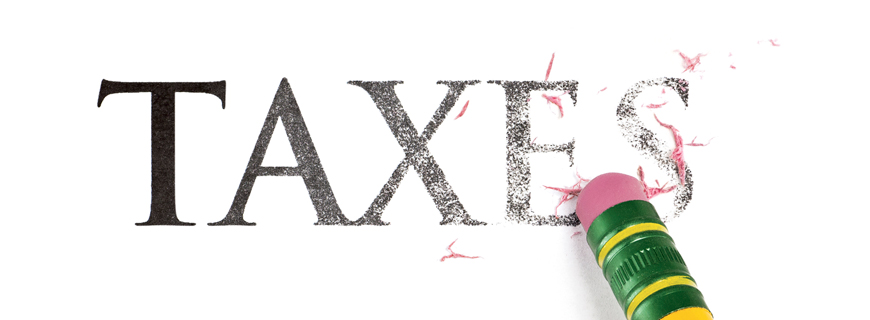Despite a decade of low inflation, the price of higher education has seemed to defy gravity. According to The College Board, a not-for-profit membership association whose mission is to help students and parents prepare and pay for college, tuition and fees at both private and public institutions have nearly doubled in constant dollars over the last 20 years.1
But a college education is clearly an investment that pays big dividends down the road. The College Board, citing U.S. Census Bureau statistics, estimates that individuals with a bachelor’s degree earn over 70% more, on average, than those with only a high school diploma.2 Over a lifetime, that earnings gap translates into more than one million dollars – more than enough return to justify the investment, even if the rise in prices is outpacing inflation.3
Help is on its Way
The College Board’s latest annual report, “Trends in Student Aid 2005,” reveals that $129 billion was distributed to students and their families from federal, state, and institutional aid sources. That’s an increase of $10 billion over 2004.
The average cost of tuition and fees at a four-year private institution in 2005-2006 is estimated at $21,235, up 5.9% from last year, while a four-year public institution will run $5,491 for 2005-06, an increase of more than 7%. Add in room and board, books, travel expenses, and other miscellaneous costs, and one thing becomes clear: Funding a college education for your children is going to take some careful planning and long-term dedication.
Some parents, especially those of young children, put off planning on the assumption they can make up for lost time later. Even if your children are very young, however, it’s not too soon to begin thinking about ways to prepare for helping them with the rising costs of a higher education. Given the proven power of compounding over time, starting early to save smaller sums of money each month can make a dramatic difference in the amount you can manage to put away over time.
1,2,3,5) “Trends in College Pricing 2005,” The College Board
4) “Trends in Student Aid 2005,” The College Board




















